Today we’d like to introduce you to Xavier Dalencour.
Hi Xavier, can you start by introducing yourself? We’d love to learn more about how you got to where you are today?
I born In Port-au-Prince, Haiti on February 17, 1981, form a Haitian Dad and a French Mom. I am come from a family of teachers and intellectuals, whom was really open to world, the society and I was immersed very early in an environment that was very open to music, classical music especially, with an aunt concert pianist and music teacher, and also to painting whose rudiments were transmitted to me by an amateur painter father, but I can say drawing and painting was always valued in my environment. I starting to draw at an early age in my notebooks and schoolbooks, drawing first and painting have inhabited me my entire life without the thought of an artistic vocation ever arising. In fact, it takes me years to accept the designation as an artist, and at the beginning I refuse to sold my early work because I didn’t value them. In my early twenty’s, I was considering art as a necessity to express myself, a tool to take out the emotion I wasn’t able to put in words. It was not a vocation, nor a hobby, just something I need to put out of me. After I have been graduated from high school in 2000, I naturally turned to studies in management and social sciences at the University of Bordeaux, from 2000 to 2007, which I completed with a master’s degree in political science, a master’s degree in geography and business administration. My plan was to work in the corporate world but I never stop painting and drawing during this time. I did not complete my doctoral thesis in political science/international relations partly because of the realities of life, and of the increasingly important place that painting and art in general occupied in my life. In life you have to accept what you cannot change, and art impose itself to me. During the summer of 2004, I organized my first solo exhibit at the Acoma Gallery with the support of artist friends and I did several other exhibits followed, both solo and collective. On my return in Haiti, I was focusing on food work developing a livelihood and on his artistic research. In January 2010, the day of the dramatic earthquake that struck Port-au-Prince, few minute before I just added an agreement with a gallerist to make my first collective show in Haiti. The quasi-total destruction of the Haitian Capital meant that artistic activities took time to resume, hence the decision to organize my first solo exhibit in Haiti at the Villa Kalewès. It was the beginning of my personal managing career as an artist and also the beginning of my curator path with the creation of the Kolektif 509 in 2014. From then onwards, the organization of the major exhibits of Kolektif 509 became an increasingly important part in my life. The energy I released in promoting the young contemporary Haitian generation, put the curator before the artist in the eyes of the public. Meanwhile, my production and creativity remained constant. I exhibited regularly with the Kolektif 509 in groups and individually. The political situation and the constant violence in the country put an end to the activities of the Kolektif 509, making it impossible to create cultural and artistic events, and because I was both a gallery owner and an artist, I found myself without a place to exhibit, without support and without the possibility of showing my work since 2021.
Would you say it’s been a smooth road, and if not what are some of the biggest challenges you’ve faced along the way?
Navigating the path as an artist in Haiti has been far from smooth, despite the country’s rich and vibrant creative culture. Several significant struggles have impeded progress along the way. Firstly, the absence of robust cultural institutions, museums, and a limited number of gallerists, art critics, and publications dedicated to art make it exceptionally challenging to garner recognition beyond Haiti’s borders. Compounding these challenges is the lack of a viable art market within the country itself, primarily due to Haiti’s economic fragility and the prevailing perception of art as merely a craft rather than a legitimate form of expression. Many artists feel compelled to conform to stereotypical notions of Haitian art, relegating themselves to the status of artisans. Moreover, the historical categorization of Haitian art as naive or folk art, prevalent from the 1950s to the 1980s, has hindered the acceptance of more modern and contemporary artistic expressions.
Personal struggles have also been encountered, notably when I assumed responsibility for my first exhibition in the aftermath of the earthquake and subsequently opened my own exhibition space. Despite these accomplishments, there emerged a disparity in recognition between my roles as a curator and an artist. The prevailing perception prioritized the curator over the artist, falsely implying that I did not require support or guidance in my artistic endeavors. This misconception was particularly disheartening considering my genuine pleasure in promoting and exhibiting other artists, juxtaposed with my own struggles in advocating for my artistic output.
Looking ahead, my dream is to continue operating my gallery while entrusting the curation and management of my art to a dedicated gallerist. This setup would allow me to focus solely on my artistic practice, free from the burdens of administrative duties. Ultimately, overcoming these challenges and realizing this dream will require concerted efforts to reshape perceptions of Haitian art, cultivate a more robust art market, and provide meaningful support for artists’ creative endeavors.
Thanks – so what else should our readers know about your work and what you’re currently focused on?
Painting and drawing have always been integral parts of my life, but initially, I didn’t aspire to be an artist. My career plan leaned towards the corporate world, which led me to hesitate about attending art school. Consequently, my creative process primarily stems from a necessity, an irrepressible urge that I cannot shake off. Initially, my artistic focus revolved around line and form, with color entering the scene in early 2002, transitioning from charcoal to dry pastels, then to oil pastels. By the end of 2002, acrylics dominated my work, characterized by vibrant color explosions and a gradual shift towards a more color-centric approach, starting with blue, then green, red, and so forth. Concurrently, I began experimenting with materials, incorporating textiles, wood pieces, and ropes, marking the culmination of this learning phase, coinciding with my return to Haiti in December 2007.
From 2008 onwards, my work delved deeper into introspection, evolving into an inner exploration that revealed coherence above all else. The resulting “Masks/Faces” series serves as both a portrait gallery and a physiological and psychological study.
This series delves into characters, emotions, and the artist’s inner self, forced to confront and eventually embrace a vocation initially rejected but gradually gaining strength and assertion. This second phase of my work marked the liberation of the artist within me.
This artistic and spiritual journey continued with the “Trees” series and its variations, encompassing the Tree itself, the Leaves, and the Forest. Symbolically, trees represent not only the artist hiding behind the mask but also the human quest for self-assertion beyond societal conventions and norms. The tree’s roots symbolize origins, while its branches represent future choices and orientations.
The Forest symbolizes a long journey, marked by challenging steps, starting from the darkest night and progressing towards the light of life, symbolizing my emergence from depression and the discovery of a newfound “self” in my roots, choices, and aspirations.
Since the period of trees and forests, my work has evolved into exploring vast metaphysical landscapes, delving into the fragility of human existence in an uncertain environment where societal upheavals question everyone’s place. The “Love, Sex, and Death” series initiates a new phase of work, exploring human obsessions, fears, and emotions that subtly influence our actions, focusing on violence and fragility in the face of social and political turmoil. These latest works, left behind in Haiti due to security concerns, document the associated violence, uncertainties, and traumas, becoming the guiding theme of my work.
In addition to acrylics, spray paints, and markers, this evolution incorporates stencils created for the occasion and the appropriation of everyday objects.
In my artistic journey, the joy that my artwork brings to people is more significant to me than financial recognition or success in the international art world. When I receive comments like someone finding motivation to pursue life goals or projects, or when my art piece brings peace and serenity to others, it feels like an accomplishment beyond measure. Some have expressed how my art helps them disconnect from the difficulties of everyday life, finding solace in simply sitting in front of it after a hard day. To me, this is a true blessing. It surpasses the value of having an exhibition in a prestigious museum or institution.
I see my art as a child; I create it, but I do not own it. Each piece has its own life, its own impact. While I may intend to express something specific, each individual perceives and connects with it differently, resonating with their unique experiences and emotions.
Moreover, I feel immensely proud when people recognize my art, my creations, without knowing it’s exhibited or displayed somewhere. Occasionally, I receive pictures of my work in someone’s home or office, and it reaffirms that I have something special, my own unique touch. It’s gratifying to know that people are not indifferent to my creations, and it inspires me to continue sharing my art with the world.
What matters most to you? Why?
What matters most to me is freedom. The freedom to express in color and line what I cannot articulate with words. It’s the freedom to delve into my inner world and reflect on how I perceive the external world. My art is the voice of my shyness, speaking loudly. It’s a quest for balance amidst the challenges of existence in a violent world and against the societal pressures to conform. Art provides a sanctuary where I can truly be myself, although initially, it was difficult to share my work and accept both compliments and critiques. Over time, I’ve come to make peace with all aspects of my creativity. It was a struggle to accept that I’m not like everyone else. Throughout my life, I’ve been labeled as different, bizarre, or non-conformist. It took me a while to realize that this was a blessing, and now, I embrace it. I’ve tried to fit in and be like everyone else, but I’ve come to understand and accept that it’s not who I am.
A few years ago, I worked for a petroleum company, and while I was capable of doing the job, I felt suffocated, as if I were in a straitjacket. I fell into depression, and my world crumbled around me. It took time to rediscover myself, my personal freedom, and strength. Mental freedom, the ability to use my time as I see fit, is everything to me. While I engage in various activities outside of art, such as curatorial work, consulting in marketing and communication, and teaching geography, geopolitics, and economics in high school, it’s essential for me to have the freedom to manage my time. I thrive when given deadlines and autonomy, but micromanagement stifles me. The freedom to create and work on my own timeline is paramount.
In life, the two things you regain once lost are time and health. I’m fighting for both.
Pricing:
- For the work on paper it start at 200/ 300USD
- The average price of my canvas piece is around 1000 to 1500$
- A large piece 90×50 inch is 5000$
Contact Info:
- Website: https://www.xavierdalencour.com/english.html
- Instagram: https://www.instagram.com/xavier_dalencour/
- Facebook: https://www.facebook.com/xdalencour
- Linkedin: https://www.linkedin.com/in/xavier-dalencour-6a384424/
- Twitter: https://x.com/xavierdalencour
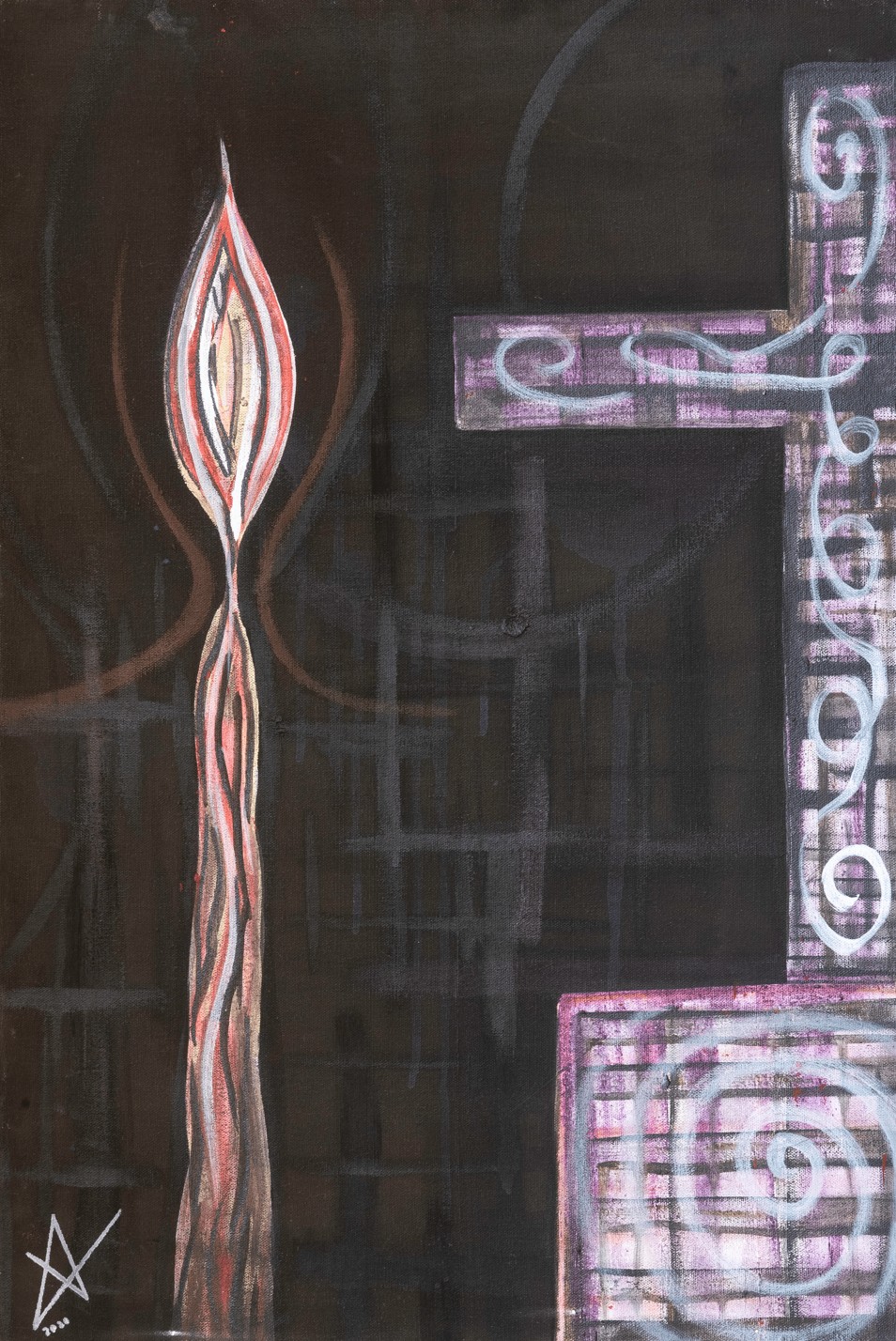
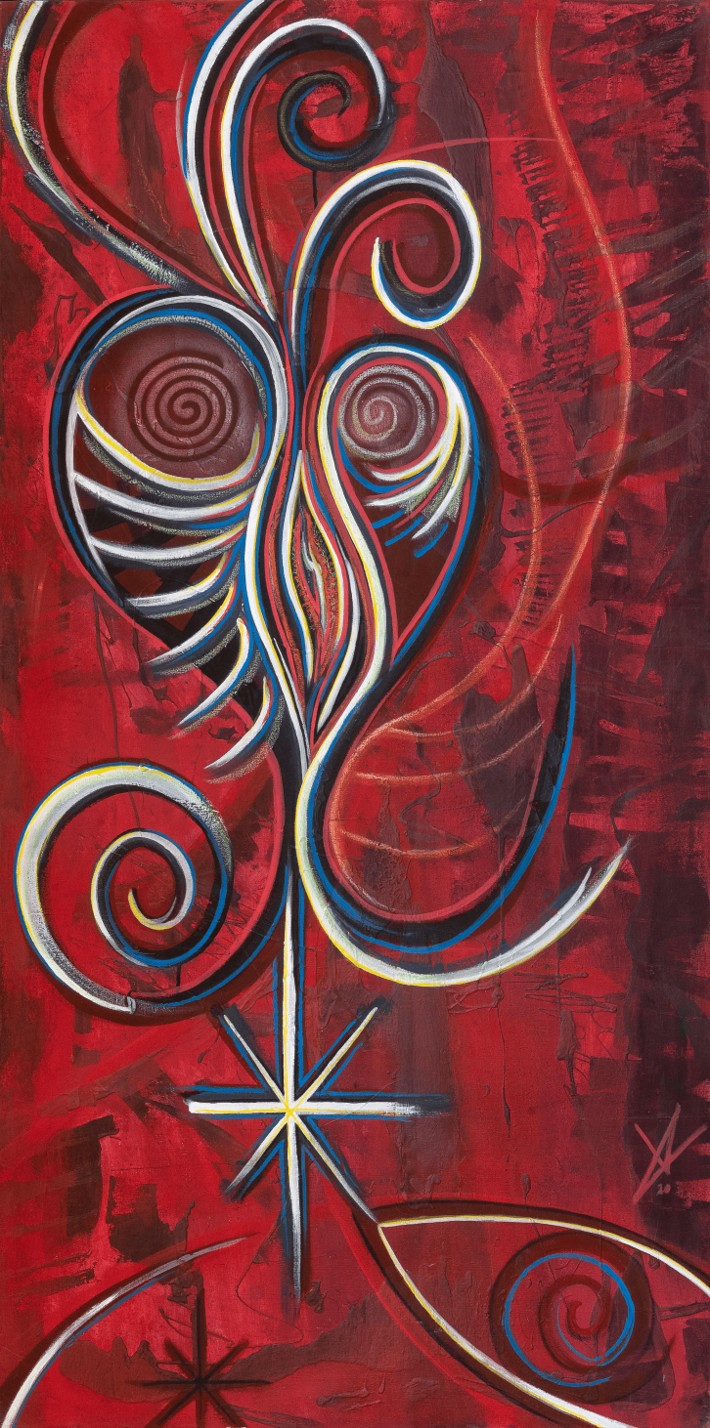
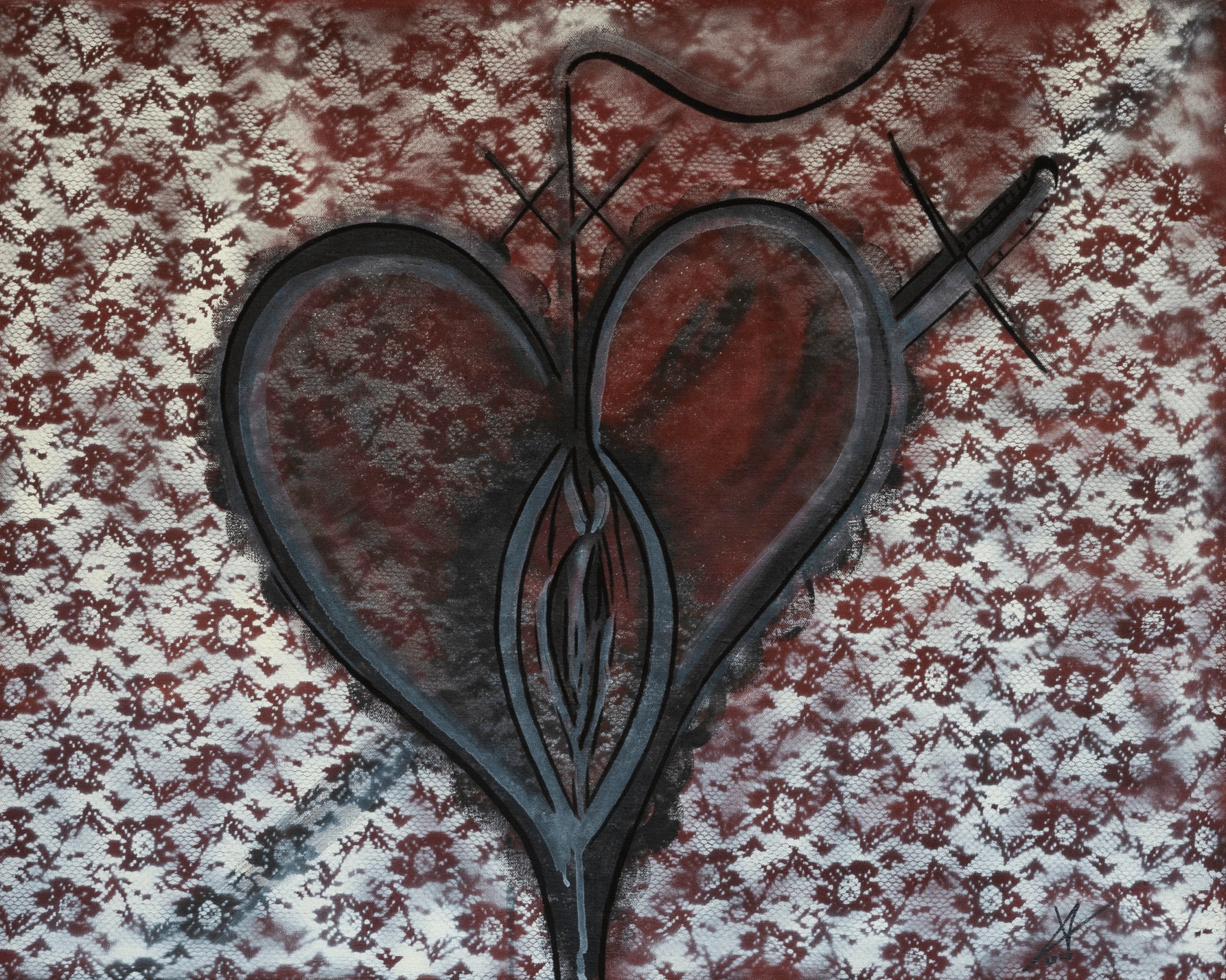
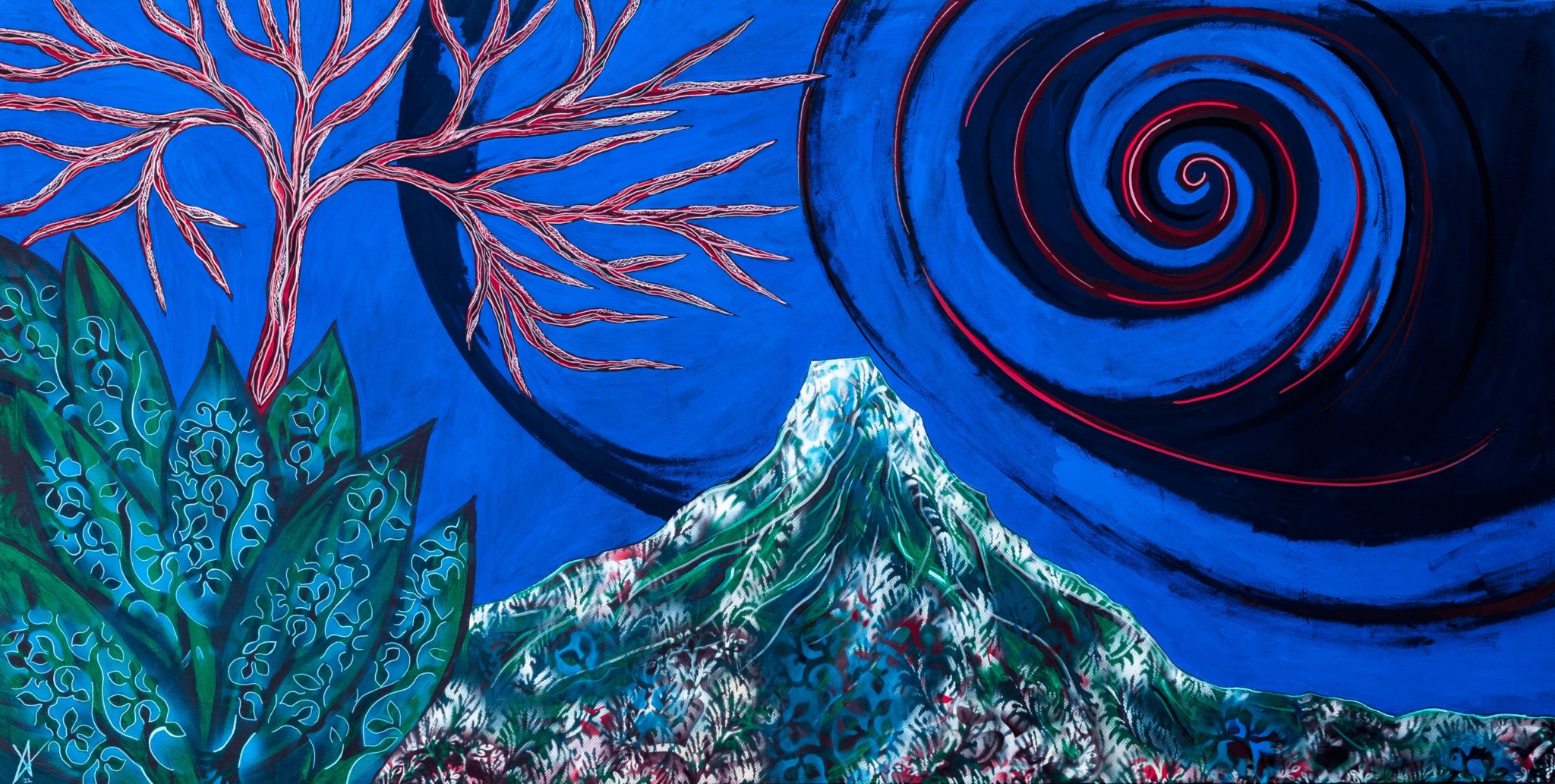

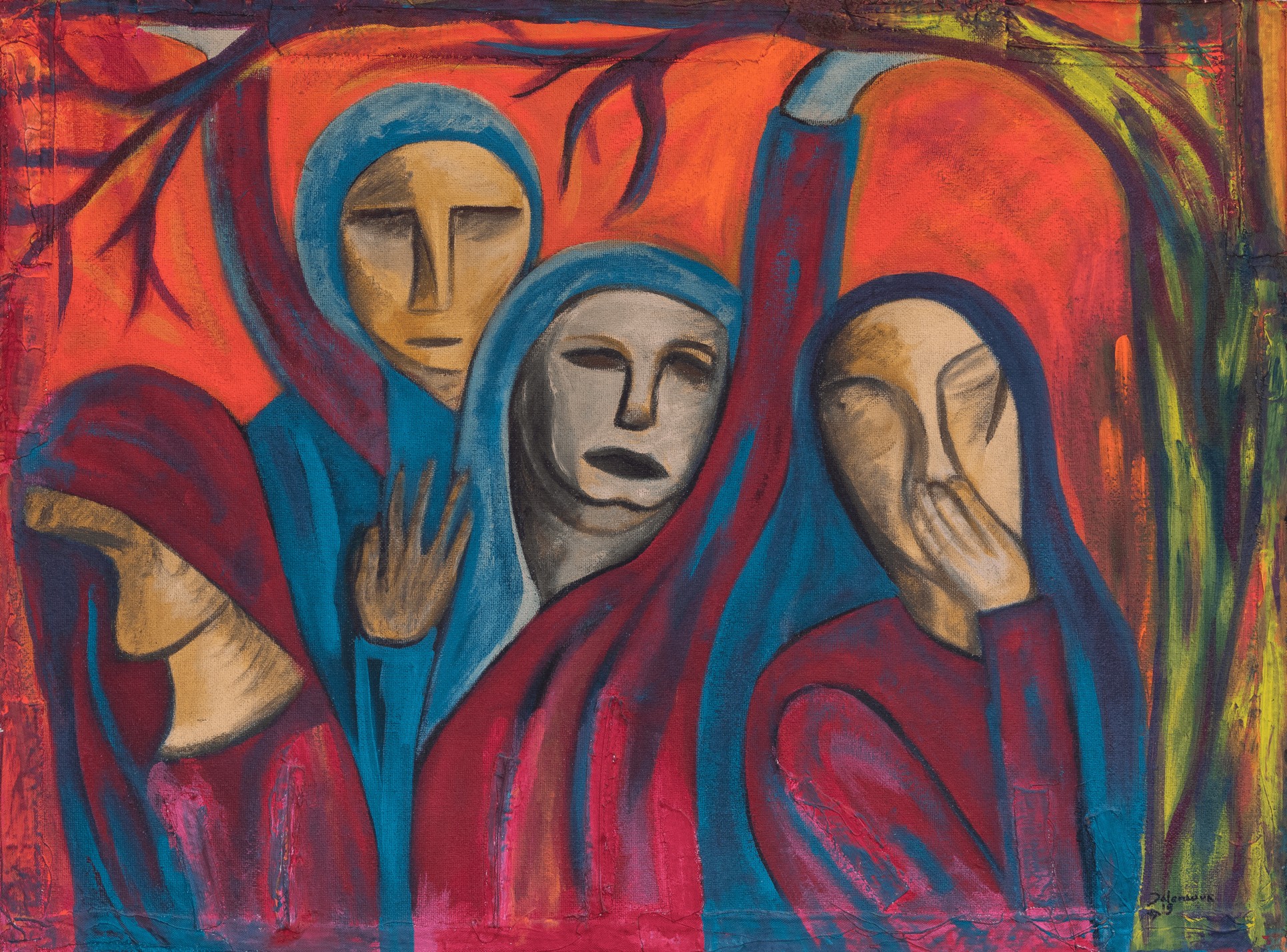

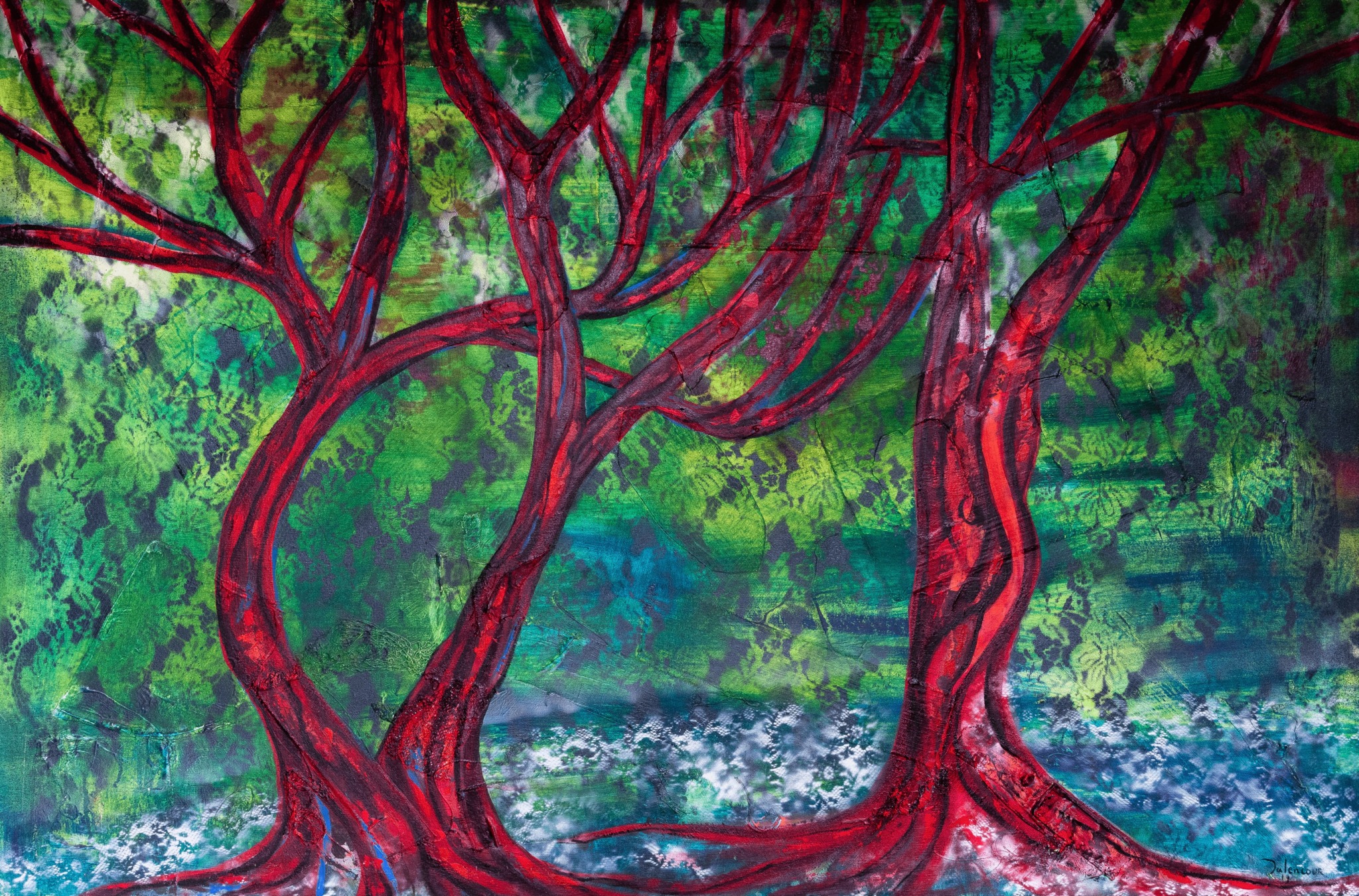
Image Credits
All the images credit of my art work art from Marc L. Steed


